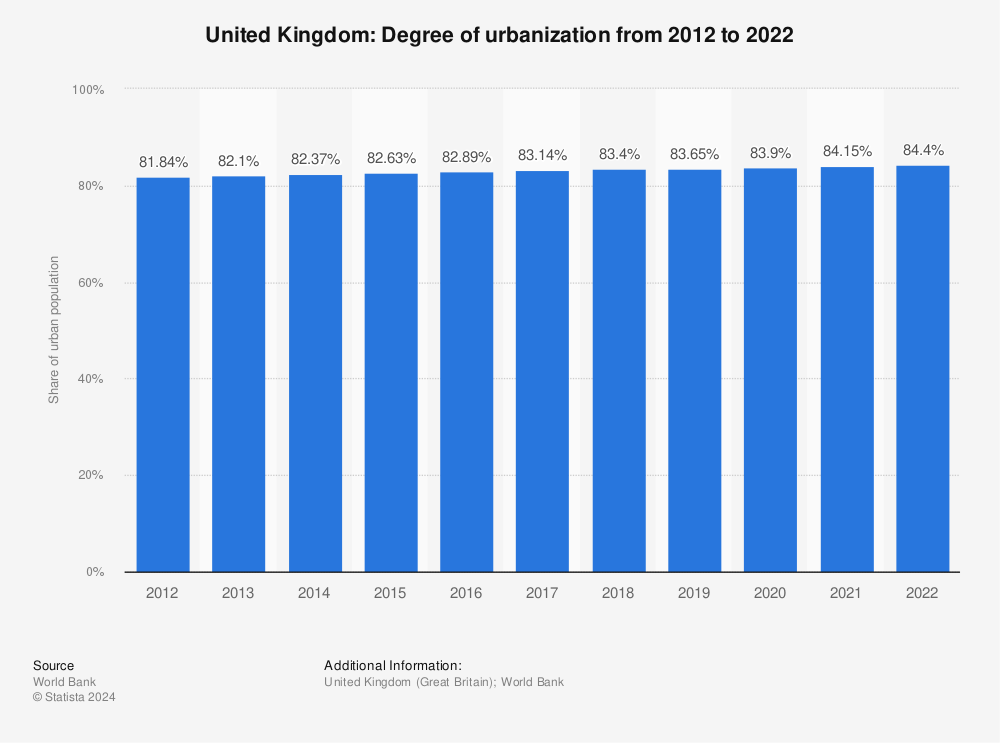Addressing the Space Crisis in a Growing World
As the global population continues to surge, the gap between available building space and growing demand is widening. With the world’s population expected to hit nearly 10 billion by 2050, cities face mounting pressure to accommodate this growth. The challenge is further compounded by urbanisation trends and the need for sustainable solutions. Instead of relying solely on new construction, we must focus on optimising existing buildings.
This article explores the critical role of building analytics and digital twins in making our current spaces more efficient and adaptable for the future.
Introduction
There is a massive gulf between the space available in buildings and the demand caused by the continuing surge in global population. According to the UN, the world’s population is more than three times larger than it was in the mid-twentieth century, reaching 8 billion at the end of 2022. This number is expected to increase by nearly 2 billion persons in the next 30 years, to an estimated 9.7 billion in 2050, with a projected peak of nearly 10.4 billion in the mid-2080s.
The Challenge of Accommodating a Growing Population
Although the growth is slowing (quickly in some countries and even contracting in places such as Japan and China), the majority of economies all over the world have a long term problem of how to deliver cost effective and logistically feasible ways to accommodate and provide space and services for their citizens while the global population grows for the next 60 years.
Urbanisation: A Double-Edged Sword
The problem is amplified by a continuing trend of urbanisation and a personal preference and/or job requirement to move to cities.
An example of this is the degree of urbanisation in the United Kingdom, which has increased to almost 85% percent in 2023, showing an almost three percentage point increase over the previous decade.
The Need for Efficient Use of Existing Buildings
In reality this means that we need to accelerate the provision of living space in our cities, with a degree of urgency. This will often require some flexibility in zoning – in the UK perhaps addressing the controversial topic of loosening the “green belt” - but it also means that we should make better use of the buildings that we have, as we are never going to have the capacity to “new build ourselves” out of this challenge. The UK Green Building Council estimates that 80% of the buildings that will be standing in 2050 have already been built. Couple that with the fact that the UK construction sector is the second biggest individual cause of emissions after transportation, and we can see that the reuse and refurbishment of buildings is critical.
The Role of Building Analytics in Optimising Space
One of the key aspects when considering the reuse of existing spaces, is to be able to understand how a building performs in service and to simulate various “what if” scenarios to inform how space can be utilised more efficiently, more sustainably, and with more regard to the wellbeing and health of the occupants in the future.
Building analytics software, such as offered by SmartViz, can capture data from sensors and diverse systems and sources, then aggregate this data into meaningful outcomes and present these to the building manager/owner via an intuitive Digital Twin, ensuring that the right stakeholder can easily view only pertinent insights into performance.
Building Analytics software, such as offered by SmartViz can help optimise space buildings and reduce the need for construct new buildings
Conclusion
The future of urbanisation and building management hinges on how efficiently we can utilise existing spaces to meet the growing demand without further contributing to environmental degradation. By leveraging advanced occupancy analytics and digital twins, we can transform our current infrastructures into smarter, more efficient, and sustainable environments. The onus is on us to ensure that our buildings are not just standing structures but active participants in achieving a sustainable future for our rapidly urbanising world.






